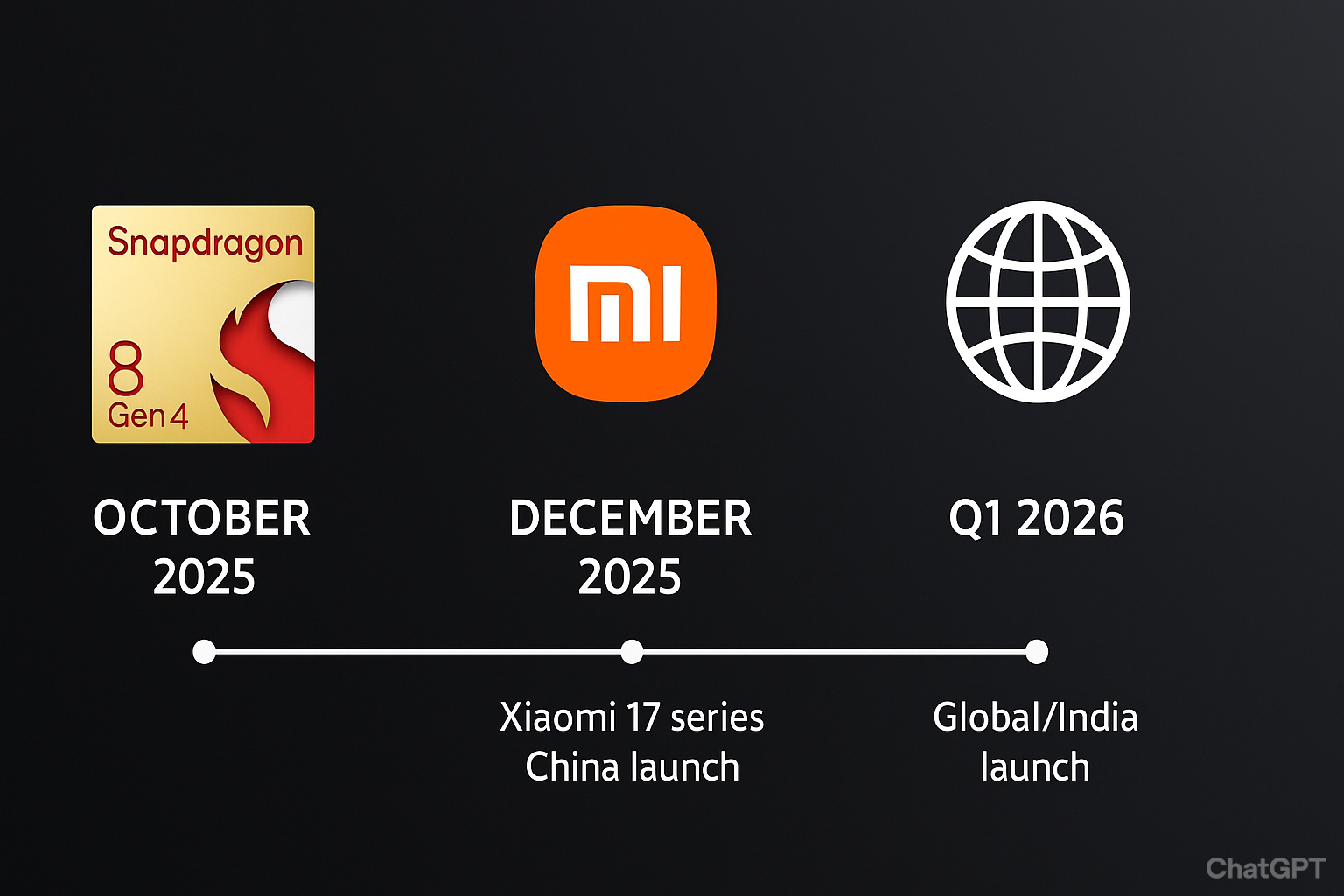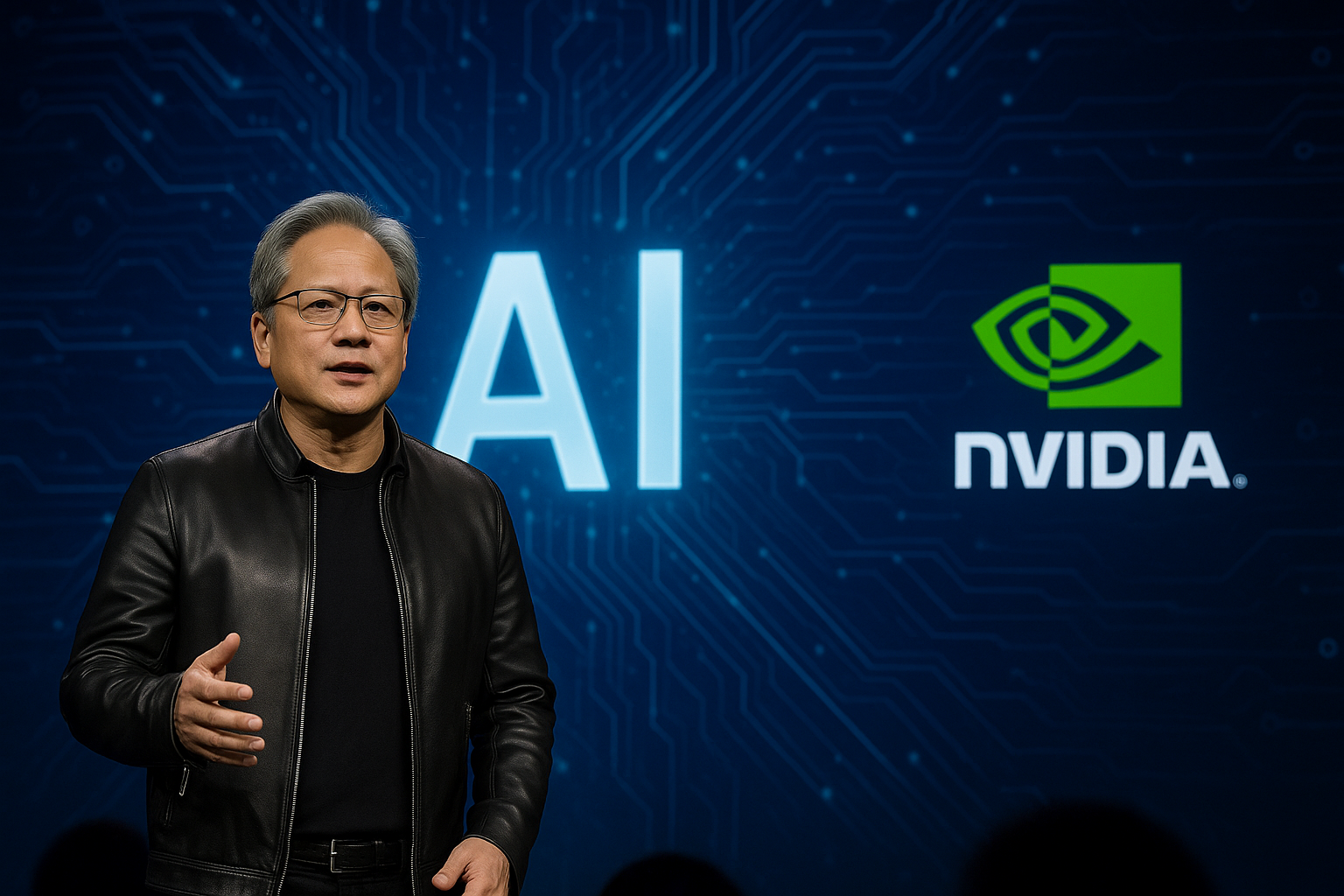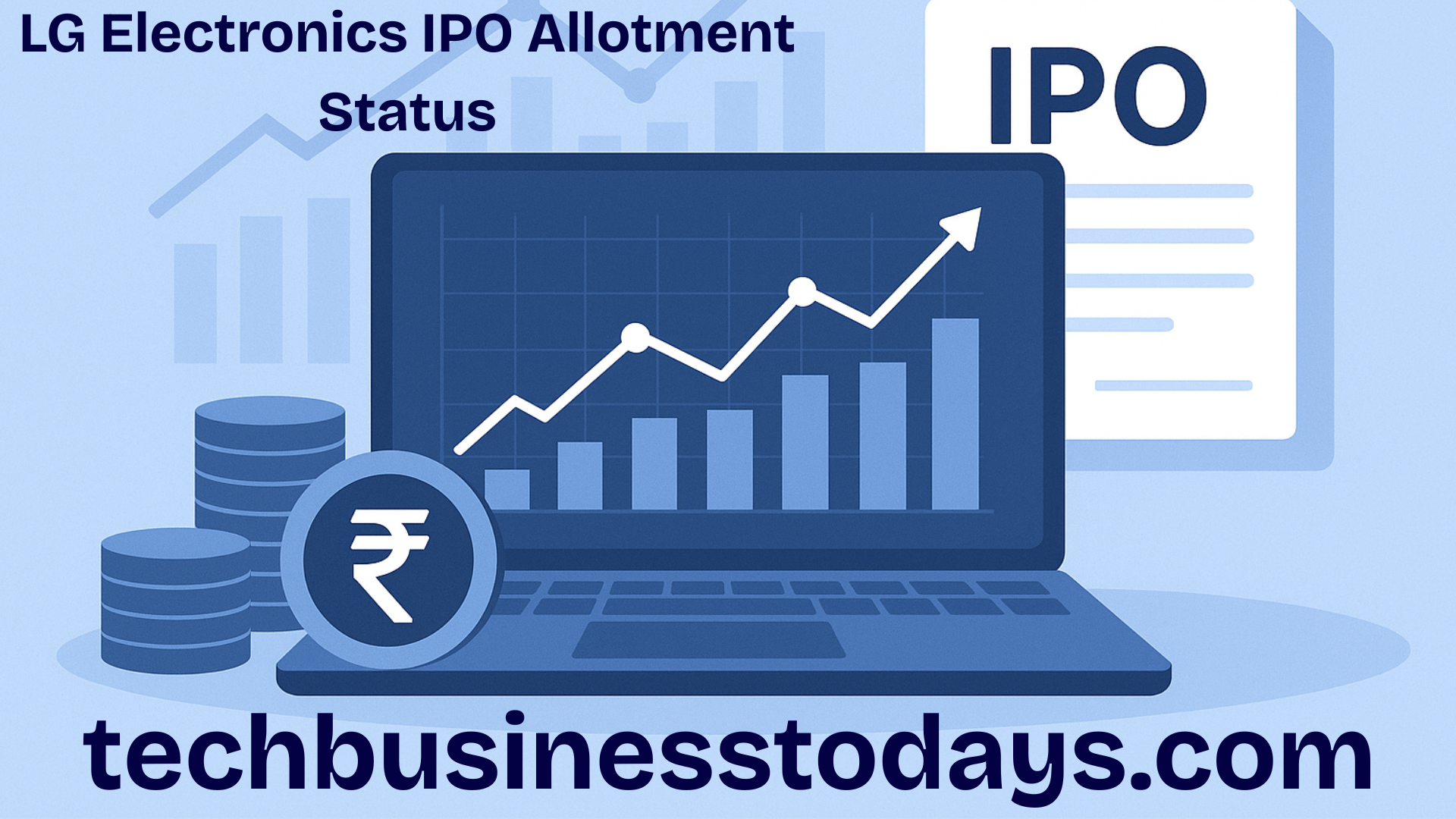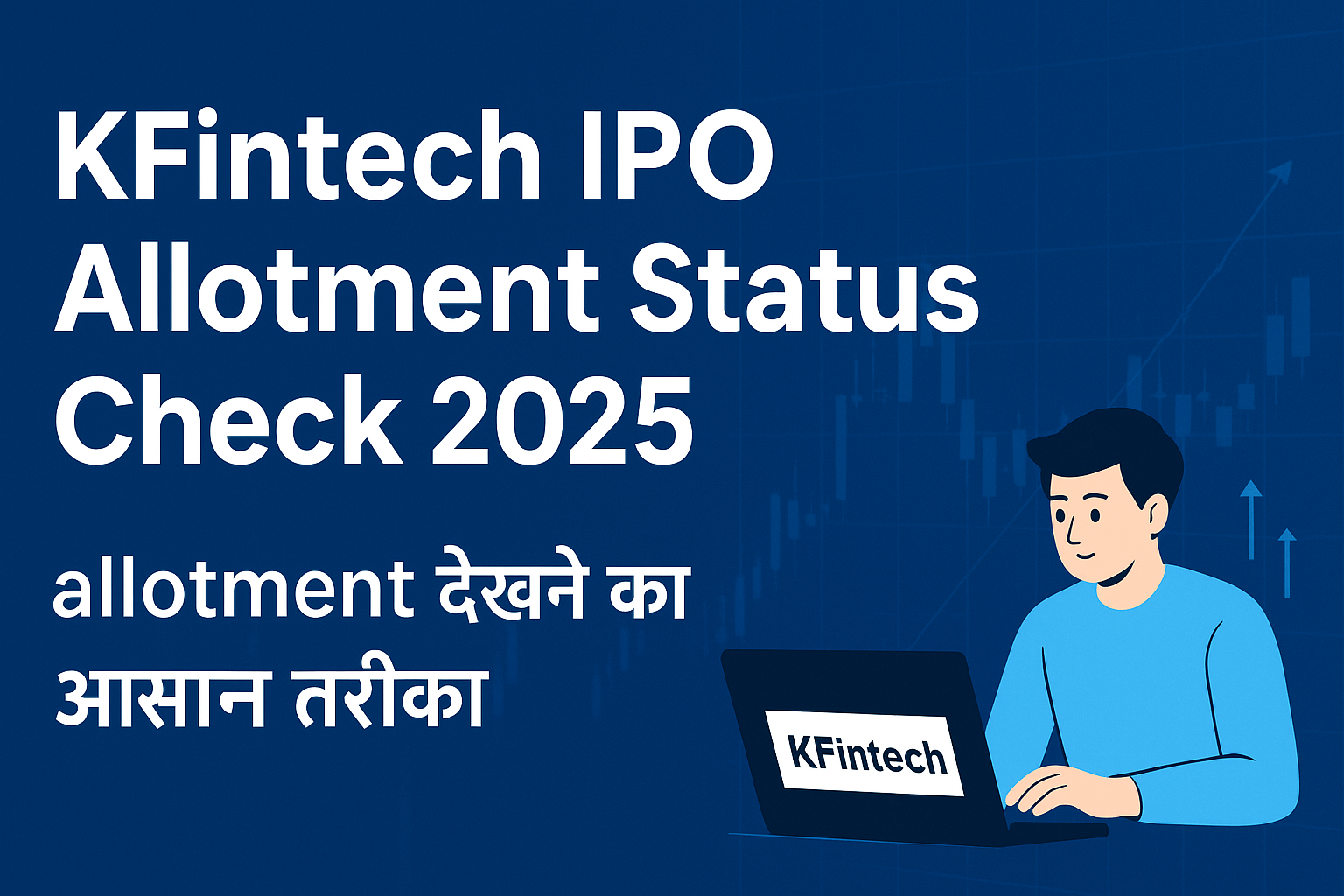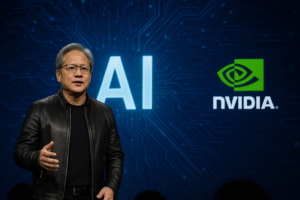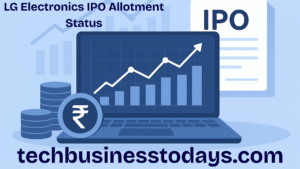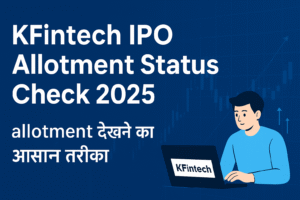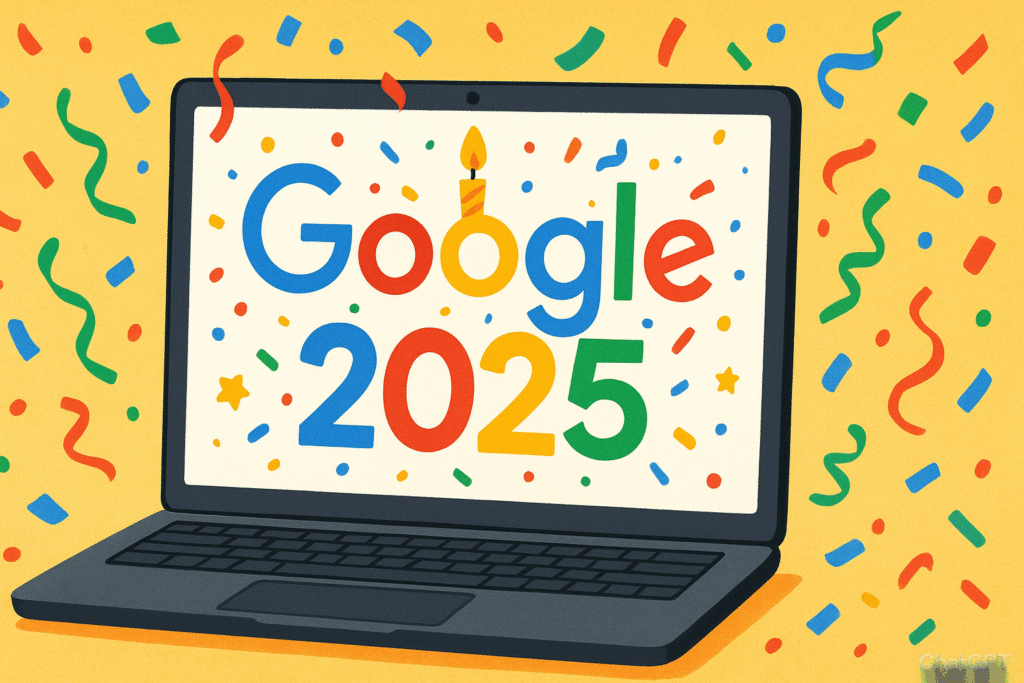
Today,Happy 27th Birthday Google celebrates a monumental milestone:its 27th birthday. On this day in 2025, we commemorate the official incorporation of the company that would forever change how we access information, connect with the world, and navigate our daily lives. What began as a humble research project by two Stanford University PhD students has blossomed into a global technology behemoth, a verb in our dictionaries, and an indispensable part of our modern existence.
Every year, Google marks its birthday with a special, interactive Doodle, and the 27th-anniversary celebration is no different, offering a delightful dose of nostalgia. But beyond the fun animation lies a story of relentless innovation, ambitious vision, and a series of bets that transformed a search engine into Alphabet Inc., one of the world’s most influential companies. Let’s take a deep dive into the incredible journey of Google, from its garage origins to its AI-driven future.
Why Does Google Celebrate Its Birthday on September 27th?
This is a question that often causes confusion, and it’s a key part of Google’s quirky history. The company was actually founded on September 4, 1998, the day Larry Page and Sergey Brin filed the paperwork to officially create Google Inc.
So, why the shift to September 27? The reason is charmingly pragmatic. In the early years, Google started creating birthday Doodles to mark significant events. The first birthday Doodle in 2002 was published on September 27. The exact reason for choosing this date is a bit fuzzy—some speculate it was to avoid the Labor Day holiday in early September, while others believe it was simply a scheduling decision. Regardless, the tradition stuck. Since then, Google has consistently celebrated its birthday on September 27th with a new Doodle each year, solidifying this date in the public’s mind as “Google’s Birthday.”
The 27th Birthday Doodle: A Touch of Nostalgia
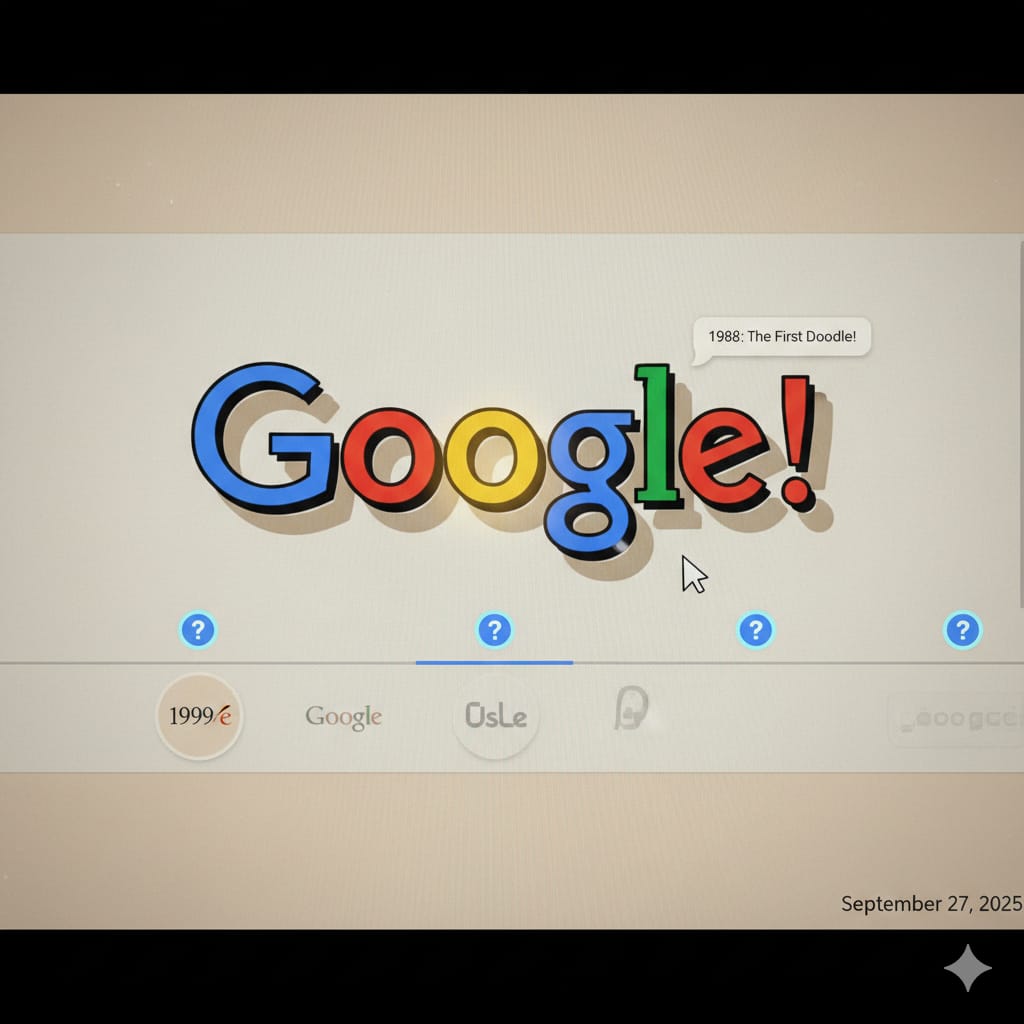
The centerpiece of every Google birthday is its Doodle. For its 27th, Google has opted for a wonderfully nostalgic interactive experience. This year’s Doodle is a time machine. When you click on it, you are taken on a whirlwind tour of Google’s own logo evolution, featuring some of the very first designs from the late 1990s.
This choice is a masterstroke in brand storytelling. It’s a reminder of how far the company has come, not just in technology but in its visual identity. Seeing the crude, exclamation-point-included logo from 1998 next to the sleek, modern design of today is a powerful visual metaphor for its journey from a simple search box to a complex ecosystem of products and services. It’s a celebration of roots, a nod to the simplicity of its beginnings, and a thank you to the users who have been along for the ride.
From “BackRub” to Global Giant: The Story of Google’s Evolution
To truly appreciate Google’s 27-year journey, we need to rewind to the very beginning.
The Stanford Dorm Room (1995-1996)
The story starts in 1995 when Larry Page arrived at Stanford University for graduate studies and was assigned to show around Sergey Brin. The legend goes that they disagreed on almost everything during that first meeting. However, they found a common intellectual ground in a challenging problem: organizing the immense amount of information on the World Wide Web.
By early 1996, they had begun collaborating on a search engine called “BackRub,” named for its unique ability to analyze the “backlinks” pointing to a website. Their fundamental insight was that a website’s importance could be determined by the number and quality of links pointing to it—an algorithm they later called PageRank.
The Birth of Google (1997-1998)
The name “Google” is a play on the word “googol,” the mathematical term for the number 1 followed by 100 zeros. This name reflected their mission to organize the seemingly infinite amount of information on the web. On September 4, 1998, they officially incorporated the company. Their first office was a rented garage in Menlo Park, California, owned by their friend and future YouTube CEO, Susan Wojcicki. The now-iconic garage was equipped with cheap desks, a ping-pong table, and a vibrant blue carpet.
The Rise to Dominance (1999-2004)
Google’s simple, uncluttered homepage was a breath of fresh air compared to the busy portals of the time like Yahoo! and AltaVista. As word spread about its superior, relevant search results, its user base exploded.
Key milestones in this period included:
- 1999: The move to their first real office, dubbed the “Googleplex.”
- 2000: The launch of AdWords (now Google Ads), which would become the cash cow that funded all future ambitions.
- 2004: The company’s massive Initial Public Offering (IPO), which cemented its status as a financial powerhouse and made many of its employees millionaires.
The Era of “More Than Just Search” (2004-Present)
With a solid financial foundation, Google began its expansion far beyond search. This era saw the launch of products that are now integral to our digital lives:
- Gmail (2004): Offered an unprecedented 1GB of storage, revolutionizing web-based email.
- Google Maps (2005): Changed navigation forever.
- YouTube Acquisition (2006): A billion-dollar bet that made Google the king of online video.
- Android Acquisition (2005) & Launch (2008): An open-source mobile OS that now powers the majority of the world’s smartphones.
- Google Chrome (2008): A browser that quickly dominated the market.
- The Formation of Alphabet Inc. (2015): A corporate restructuring to make Google “cleaner and more accountable,” allowing moonshot projects like Waymo (self-driving cars) and Verily (life sciences) to flourish under the Alphabet umbrella.
Google’s Impact: By the Numbers in 2025
To understand Google’s scale today, consider these staggering statistics:
- Search Queries: Google processes over 8.5 billion searches every day. That’s nearly 100,000 queries every second.
- Market Share: Google holds over 90% of the global search engine market.
- Android: Powers more than 3 billion active devices worldwide.
- YouTube: Has over 2.5 billion logged-in monthly users, with over a billion hours of video watched daily.
- Gmail: Boasts more than 1.8 billion active users.
- Google Chrome: Is used by approximately 65% of all internet users globally.
These numbers aren’t just metrics; they represent Google’s deep integration into the fabric of global society, commerce, and communication.
The Future is AI: Google’s Next Chapter
As Google enters its late twenties, it’s clear that its future is inextricably linked with Artificial Intelligence. The company is no longer just a search engine; it’s an AI-first company.
- Search Generative Experience (SGE): Google is radically transforming its core product by integrating generative AI. Instead of just providing links, Google’s AI will synthesize information to provide direct, conversational answers.
- Gemini: This is Google’s advanced multimodal AI model, designed to compete with the likes of OpenAI’s GPT-4. It can understand and process text, code, audio, images, and video seamlessly.
- Assistant with Bard: Google is supercharging its virtual assistant by combining the helpfulness of Assistant with the generative and reasoning capabilities of Bard, creating a more personalized and powerful AI companion.
The challenge for Google will be to maintain its dominance while navigating the complex ethical landscape of AI, including issues of misinformation, bias, and privacy.
Fun Facts & Trivia: Did You Know?
- The first Google storage was built with 10 4GB hard drives housed in a case made of LEGO bricks.
- Google’s first-ever tweet was in 2009 and was decidedly nerdly: “I’m 01100110 01100101 01100101 01101100 01101001 01101110 01100111 00100000 01101100 01110101 01100011 01101011 01111001 00001010.” It’s binary for “I’m feeling lucky.”
- The company’s famous “Don’t be evil” motto was included in its IPO letter.
- The “Google” font used in the logo is called Product Sans.
Conclusion: Happy Birthday, Google!
From a Stanford research project to a global force that shapes how we live, work, and learn, Google’s 27-year journey is a testament to the power of a big idea. The nostalgic Happy 27th-birthday Doodle is a perfect reminder of its humble beginnings. While the company faces significant challenges regarding privacy, competition, and the responsible development of AI, its impact on the modern world is undeniable.
As we wish Google a happy 27th birthday, we’re not just celebrating a company; we’re celebrating a tool that has empowered billions. Here’s to the next chapter of organizing the world’s information and making it universally accessible and useful.
Frequently Asked Questions (FAQ)
Q1: When was Google actually founded?
A1: Google was officially founded on September 4, 1998, when Larry Page and Sergey Brin filed the incorporation papers. However, the company celebrates its birthday on September 27th, the date it first published a birthday Doodle in 2002.
Q2: What was Google’s original name?
A2: Google’s original name was “BackRub,” in reference to its algorithm that analyzed backlinks to determine a website’s importance.
Q3: What does the name “Google” mean?
A3: The name “Google” is a misspelling of “googol,” which is the mathematical term for the number 1 followed by 100 zeros. It signified the founders’ mission to organize the vast amount of information on the web.
Q4: Where was Google’s first office?
A4: Google’s first office was a rented garage in Menlo Park, California, owned by Susan Wojcicki, who later became the CEO of YouTube.
Q5: What is the parent company of Google now?
A5: In 2015, Google underwent a corporate restructuring and became a subsidiary of a new holding company called Alphabet Inc. This allows Google’s core businesses (Search, YouTube, Maps, etc.) to operate separately from “Other Bets” like Waymo and Verily.

